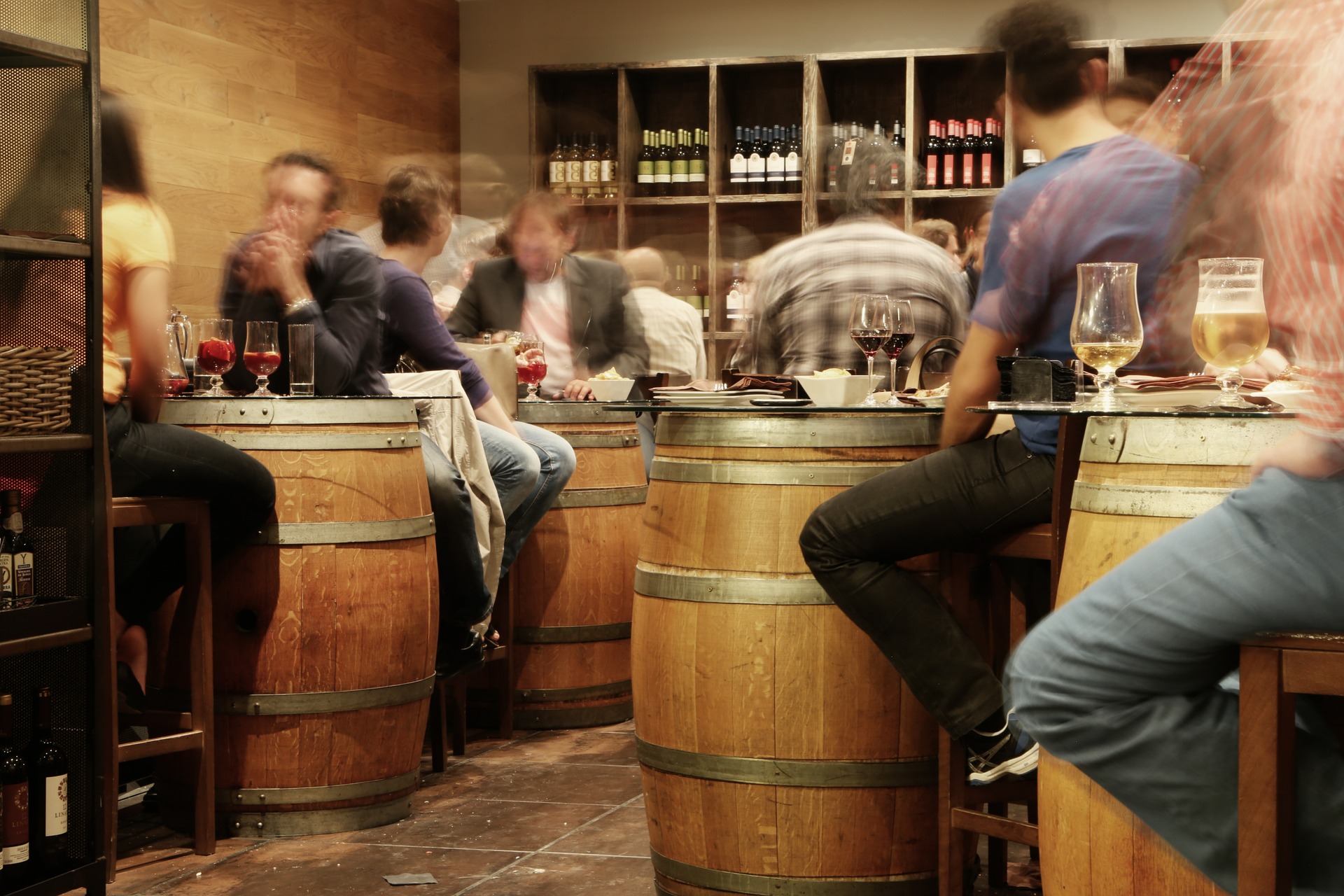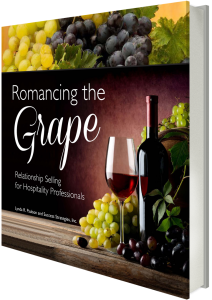Recognizing Guest Buying Signals
A buying signal is something a guest says or does which may indicate they are inclined to purchase. In a winery tasting room, it may be as obvious as a guest picking up a bottle or two from your display to take to the cash register. But not all tasting rooms have point-of-sale (POS) displays. And many guests, particularly if seated, don’t make the move across the room to pick up bottles. They may expect you to do all the heavy lifting if they’re considering buying.
With many guests now seated in private tasting salons, they may provide no physical cues that they are about to purchase without asking them. That makes your job more challenging to spot their visual and verbal buying signals and makes your skill in this area more important than ever.
Other types of buying signals may include:
- Making notes on the wine menu, asking for the library wine menu.
- Looking at the label or the item more closely.
- Showing the wine to their companion(s), discussing it with them.
- Checking the wallet.
- Nodding the head and giving prolonged eye contact.
- Walking around with a bottle or an item from the gift shop in their hands.
There may also be verbal clues, such as:
- “How much is this?”
- “Is there a quantity discount?”
- “Do you take American Express? Out of state checks?”
- “What could I serve with this?”
- “How can I get this home?”
- “My husband is a Zinfandel lover!”
The tasting room menu is a powerful sales tool. Make sure it’s paper, not laminated, and hand your guests pens or pencils. Encourage them to make notes and check off the wines they loved the most.
Hearing one of these questions or seeing the above visual cues may indicate readiness to buy, but it may also indicate that they’re simply in the sales funnel, considering a purchase, but not yet ready to open their wallets.
People do not like to be sold, but they love to buy!
Watch for buying signals before attempting to close the sale.
Close the Sale with Conversation
You have greeted your customers, made eye contact, listened, asked the right questions, created a friendly atmosphere, guided them around the winery. You’ve expounded on the glories of your wines and watched for buying signals––and now, it’s time to close the sale!
Before I introduce closing techniques, I have a confession. I am frequently hired to mystery shop my clients’ tasting rooms to gauge the atmosphere and skills of the tasting room associates.
When I’m in one of these rooms, after presenting all kinds of buying signals, from raving about the wine to asking about shipping, gift wrapping, discounts and the like, I wait for the close, and it usually doesn’t come, so I don’t buy.
Even after all these years of mystery shopping wineries, I’m always amazed when my obvious buying signals are ignored. Try mystery shopping yourself at other wineries and you’ll see what I mean.
How many other visitors don’t buy because, as a practice,
they only buy if the associate asks for the sale?
Tools to Help Close the Sale
Besides improving your closing skills, there are other ways you CAN sell wine to most of your guests if you focus on it, and, why wouldn’t you? Nudging people to buy your wine is doing them a big favor––you know they’ll love it.
Visualize each visitor walking out of your tasting room with at least one bottle of your wine, and visualize them joining your wine club!
Challenge yourself to make the sale.
By now, your guests know you care about them and they’ve learned what your wine will contribute to their lives. Practice these various types of closes to gently direct your guests towards a purchase:
(Click on any toggle below to view details on each type of close.)
One last note about encouraging sales: let your voice help you become an effective closer––soft, friendly, caring, not pushy or aggressive. Speaking slowly, don’t rush or come across as hurried or impatient. Concentrate on those buying signals and respond to them as if you are leading your customers gently.
Acknowledge Every Sale
Don’t fail to reaffirm every sale, every time, by saying something like: “You are going to love opening that Pinot Noir at home, and remembering your trip to Oregon.”
Always make your guests feel good about the buying decisions they make. “I’m so happy you chose the sparkling wine!”
You want every guest to leave with a smile on their face, happy with their purchases and the experience they had with you.
Improve Your Closing Skills
Closing can often be the most nerve-wracking portion of your interaction with guests. To improve your skill, give yourself an edge by mapping out techniques and phrases you’d like to try out with guests:
- Make your own list of different types of closing techniques, as shown above.
- Under each type of closing, write 3 different phrases or questions you’d ask your guests to close the sale.
- Print them on a crib sheet to keep with you for reference as you practice rolling out each one and become comfortable with the new phrases. (Nope, I’m not suggesting you hold up a piece of paper during a customer interaction. It’s there for you to reference privately out of their view.)
- Adjust and improve your technique as you observe guests’ reactions to them.
This article is part of the email Relationship Sales Success Series. It provides a step-by-step guide to improving wine sales and wine club sign ups. While it focuses upon techniques for those working winery tasting rooms, the principles of great sales skills can apply to any industry. Sign up for the series here.





